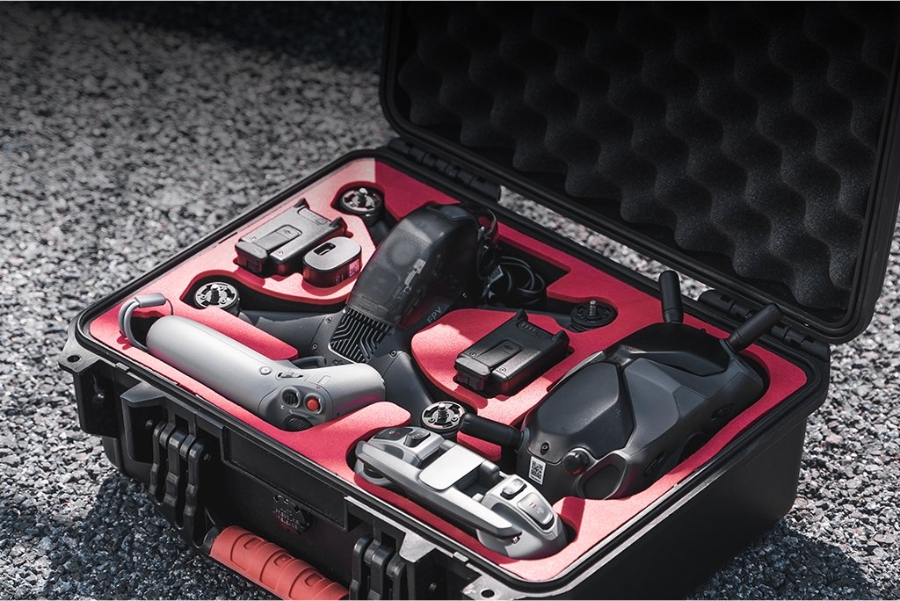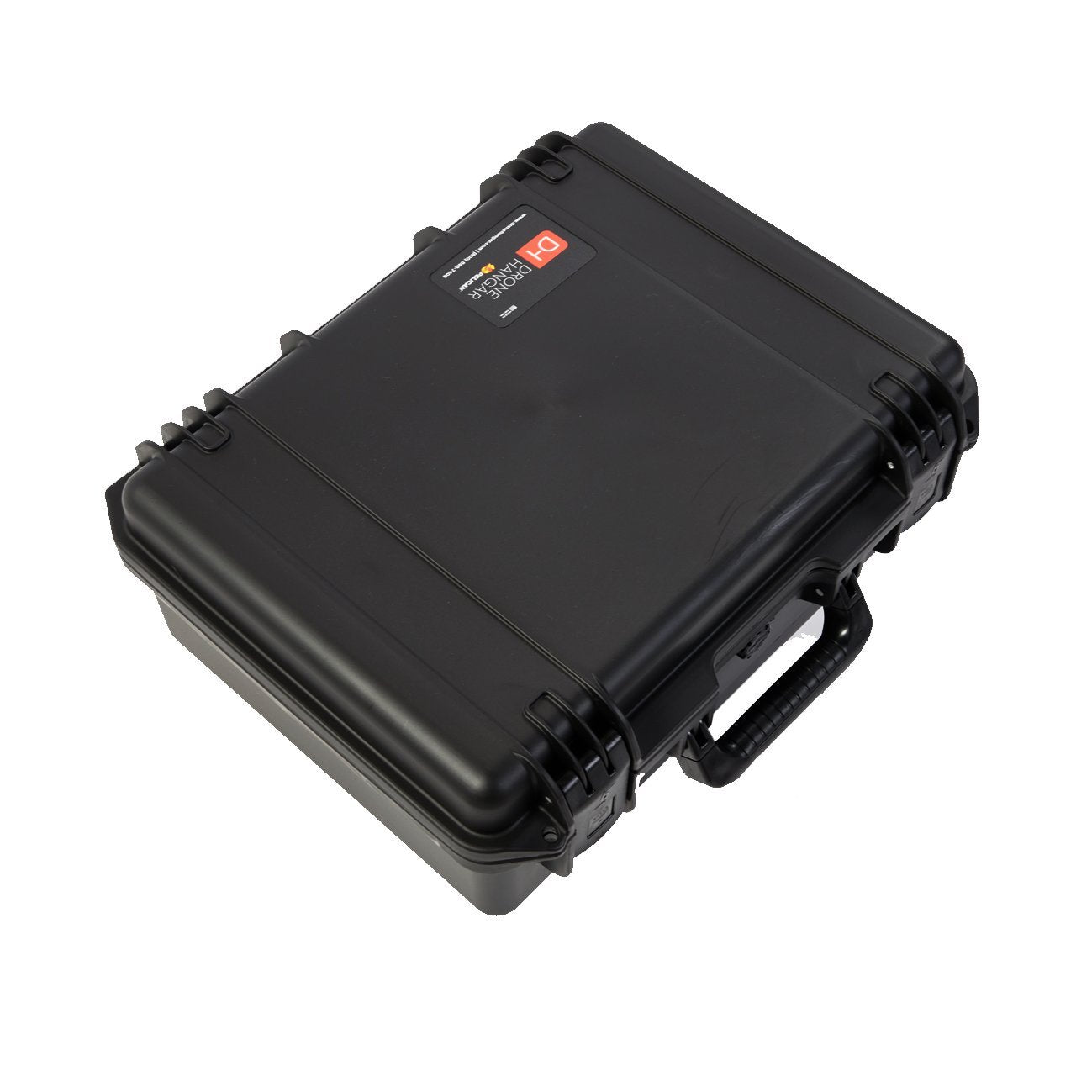
The USB-C cable can only be used with the battery of the goggles. The standard XT60 power cable supports charging with third-party batteries. Can the DJI FPV Goggles V2 be charged by third-party batteries? No, the goggles only support the recording of transmitted footage (excluding OSD information).Ħ. Do the DJI FPV Goggles V2 support screen recording? Shooting with the aircraft camera supports up to 4K/60fps and RockSteady EIS.ĥ. The goggles only record transmitted footage in a resolution of 810p/60fps, and do not support RockSteady EIS What is the difference between recording with the DJI FPV Goggles V2 and with the camera on the aircraft? What is the screen resolution of the DJI FPV Goggles V2?Ĥ. The latency between the camera capturing an image and displaying it on the goggles screen is lower than 28 ms in Smooth Mode and 40 ms in HD Mode.ģ. What is the video transmission latency of the DJI FPV Goggles V2? In some areas, frequency use is restricted by law to only allow the use of 2.4 GHz.Ģ. The DJI FPV Goggles only support 5.8 GHz, whereas the DJI FPV Goggles V2 support both 2.4 and 5.8 GHz and can select the frequency automatically.

What is the difference between DJI FPV Goggles and DJI FPV Goggles V2? 110 minutes (measured in an environment of 25☌ at maximum brightness level)ġ. Supported microSD: Cards microSD (up to 256 GB)īattery Life: Approx. Power Input: Dedicated DJI Goggles batteries or other 11.1.-25.2 V batteries. Operating Temperature: 0° to 40° C (32° to 104° F) Supported Video and Audio Playback Formats: MP4, MOV, MKV (Video format: H.264 Audio format: AAC-LC, AAC-HE, AC-3, MP3) Transmission Range: 10 km (FCC), 6 km (CE), 6 km (SRRC), 6 km (MIC) For other frame rates, the FOV will be 142°."" * A 150° FOV is available when shooting at 50 or 100 fps.

Live View Mode: Low-Latency Mode: 810p/120fps ≤ 28ms*High-Quality Mode: 810p/60fps ≤ 40ms* VLOS is legally required in some regions and countries, and it is always recomended to use a spotter when maintaining VLOS is not possible. Please use the 2.4 GHz frequency band when operating in these locations, and always check local rules and regulations before use, as they may change over time.Īlways follow the local laws and regulations when using the goggles. Due to local policies and regulations, the 5.8 GHz frequency band is currently unavailable in some countries, including (but not limited to) Japan, Russia, Israel, Ukraine, and Kazakhstan. If used with DJI FPV Air Unit, only 5.8 GHz is supported. Battery in the box supports up to 110 minutes of flight when fully charged.Īvoid exposing the inside of the goggles to direct sunlight.ĭual frequency is only available when used with the DJI FPV Drone. High definition, low latency, strong immersion, long-distance transmission, and strong anti-interference capabilities.Ģ. The DJI FPV Goggles Battery in the box supports up to 110 minutes of flight when fully charged.ġ.


DJI FPV CASE MANUAL
Once linking is successful, the remote controller stops beeping, and both the battery level LEDs turn solid and display the battery level.įor details, refer to the user manual or tutorial video.The DJI FPV Goggles V2 with DJI O3 image transmission features high definition, low latency, long-distance transmission, and strong anti-interference capabilities. Press and hold the power button of the remote control device until it starts to beep continually and the battery level LEDs blink in sequence. Once linking is successful, the battery level LEDs of the aircraft turn solid and display the battery level, and the goggles stop beeping and show the live view of the aircraft camera. Press and hold the power button of the aircraft until it beeps once and the battery level LEDs blink in sequence. The goggles will start to beep continually. Press and then press and hold the power button to power on or off each device. Power on the aircraft, goggles, and remote control device.


 0 kommentar(er)
0 kommentar(er)
